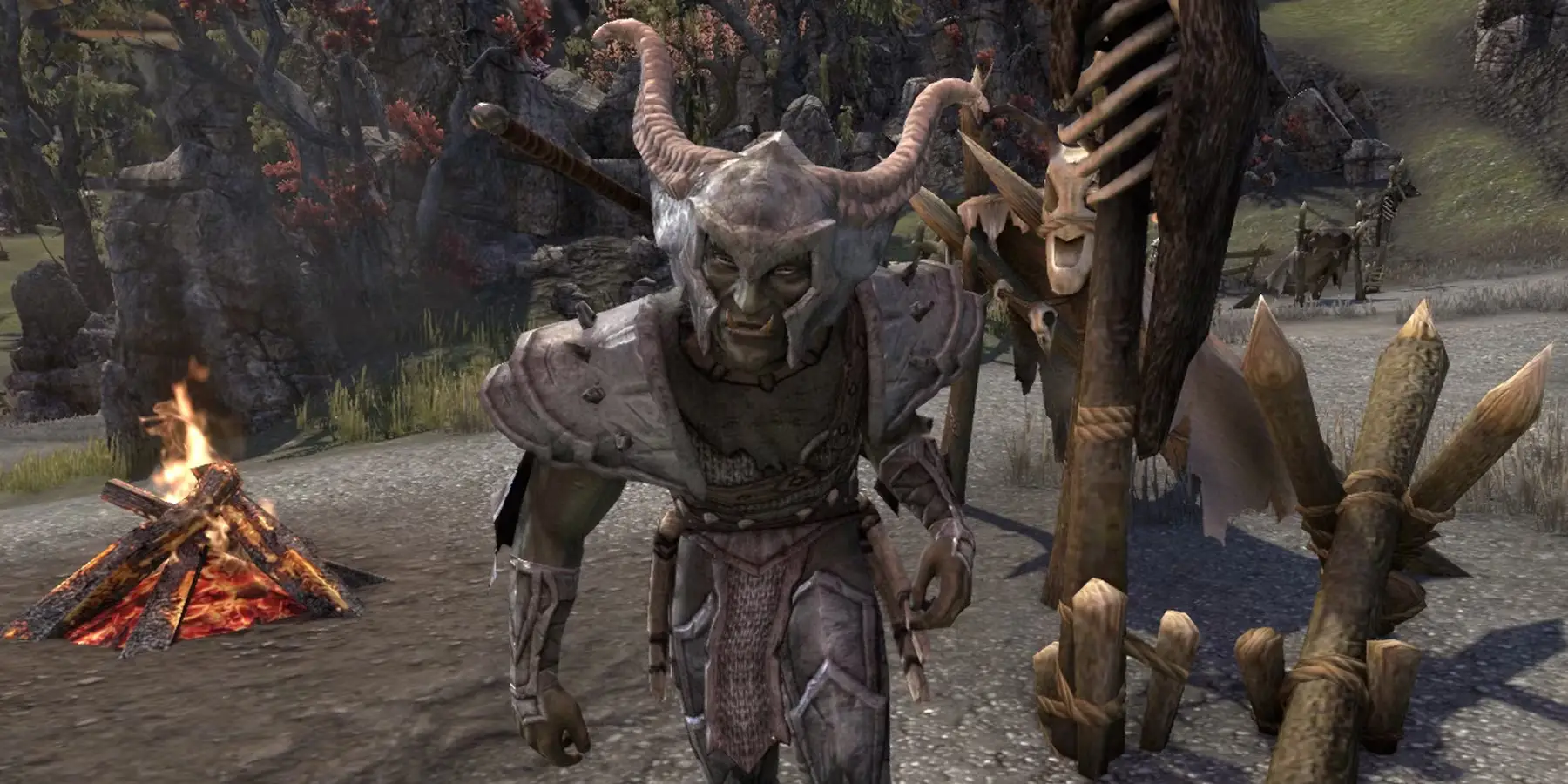Bethesda’s Oblivion is fondly remembered for its Radiant AI system, often producing comical and unexpected interactions with the NPCs of Cyrodiil, a phenomenon currently being rediscovered in the game’s popular remaster. However, a less celebrated aspect of this system is its influence on the behavior of goblins within the game world.
Far from being simple adversaries, the goblins of Oblivion exist within a structured tribal society. Each of the seven distinct goblin tribes holds a sacred totem staff, which they deeply value. Should a tribe’s totem be stolen, they will organize a war party with the sole purpose of retrieving it.
This pursuit can lead to unforeseen chaos in settlements that lie in the warband’s path. However, the true pandemonium erupts if a stolen totem is brought into the territory of another goblin tribe. In such an event, the two tribes will engage in a full-scale goblin war, with the tribe that lost its totem relentlessly sending waves of goblins to attack the perceived thieves.
From Single Quest to Systemic Warfare
This intricate and emergent system of goblin warfare, surprisingly originated from the design of a single side quest. Kurt Kuhlman, who later served as lead systems designer on Starfield, developed the initial concept for the “Goblin Trouble” quest. This quest involved two warring goblin tribes and a village caught in their conflict.
Kuhlman explained how this quest-specific idea evolved into a game-wide mechanic. He stated that since he was already developing a scripted system for goblins to periodically attack another tribe, he reasoned that it wouldn’t require significantly more effort to make this system more general. This would allow any goblin tribe to react in the same way if their totem was stolen by the player. Kuhlman acknowledged that his initial assessment of the extra workload might have been inaccurate, but emphasized that it undeniably led to engaging and unpredictable gameplay.
Leveraging Unique AI Features
Kuhlman also revealed that the distinctiveness of the goblin wars system stems partly from its utilization of specific Radiant AI tools that are not extensively used elsewhere in Oblivion. He noted that the system heavily relied on features like “Find,” which enabled the goblins to track down their stolen totem regardless of its location.
Interestingly, the implementation of the goblin wars appears to have occurred relatively late in Oblivion’s development cycle. Kuhlman expressed his desire to have explored more systems of this nature but noted the limited time and the rudimentary state of the development tools available for such complex AI interactions in Oblivion.
For those revisiting Cyrodiil, the goblin wars remain a feature in Oblivion Remastered. The new engine powering the remaster is built upon the original game’s logic, ensuring that all its peculiar behaviors, including the tribal conflicts, are still present. While the system remains as unpredictable and potentially prone to breaking as it was in 2006, a fan-made mod for the original game exists to address some of these issues.
Also read our Oblivion review.
